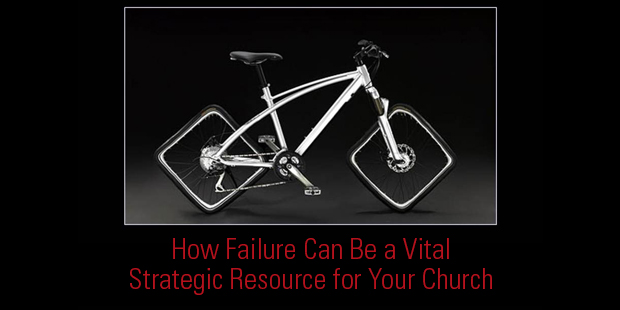
How Failure Can Be a Vital Strategic Resource for Your Church
Failure’s just another word for something else to learn.
Failure is the gift that keeps on giving – if you’re realistic, humble, and honest enough to address it. You can convert failure from an unfortunate regret into a vital strategic resource.
The two quotes above give you an accurate picture of what authors John Danner and Mark Coopersmith have to say about failure. Their recent book “The Other F Word” speaks to their belief that failure can have a big payoff in any organization.
Everybody talks about failure, but nobody tells you what to do about it—as a leader, executive or team member. Danner and Coopersmith have taken a different approach. Not the “hoorah” of inspiring personal memoirs of famous people retelling how they persevered through difficulty to eventually achieve fabulous success. Not the “rah rah” of Silicon Valley cheerleading that urges us to “fail often, fail fast” as the path to entrepreneurial riches. And definitely not the “blah blah” of self-help, whose personal revelations may be hard to translate and apply in complex organizational settings.
You can download a manifesto of their ideas here, including:
- Five Core Insights of Failure
- The Failure Value Cycle – 7 Stages Where Failure Can Deliver Value
- Five Powers You Can Unlock with a More Failure-Positive Approach
Is putting failure to work easy? No. Is it possible? Absolutely—if you’re willing to respect its inherent potential to show you what you need to know, recognize its signs early enough to minimize its negative impacts, reflect candidly more on why it happened than who was involved, and—above all—remember the resilience your organization displayed in putting failure to work.
Download helpful ideas in using failure as a strategic resource here.

Tags: Failure, John Danner, Mark Coopersmith, The Other F Word












